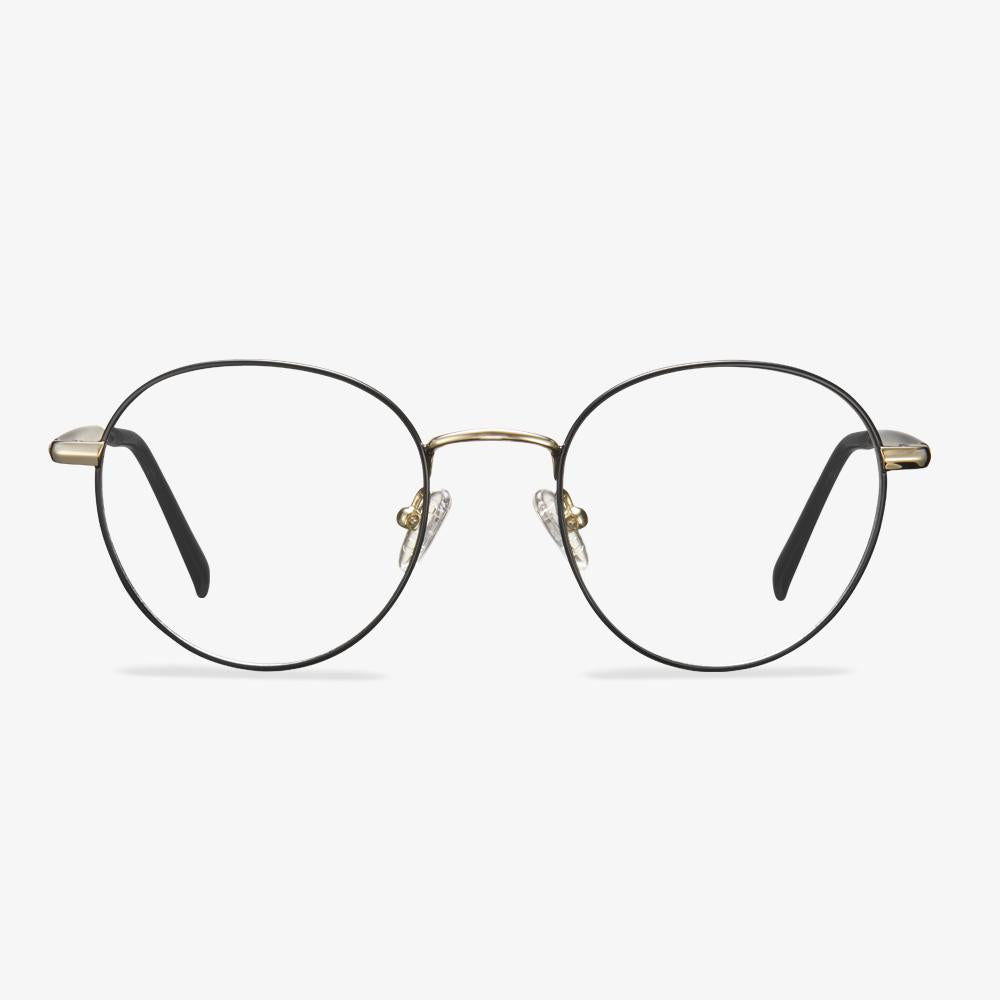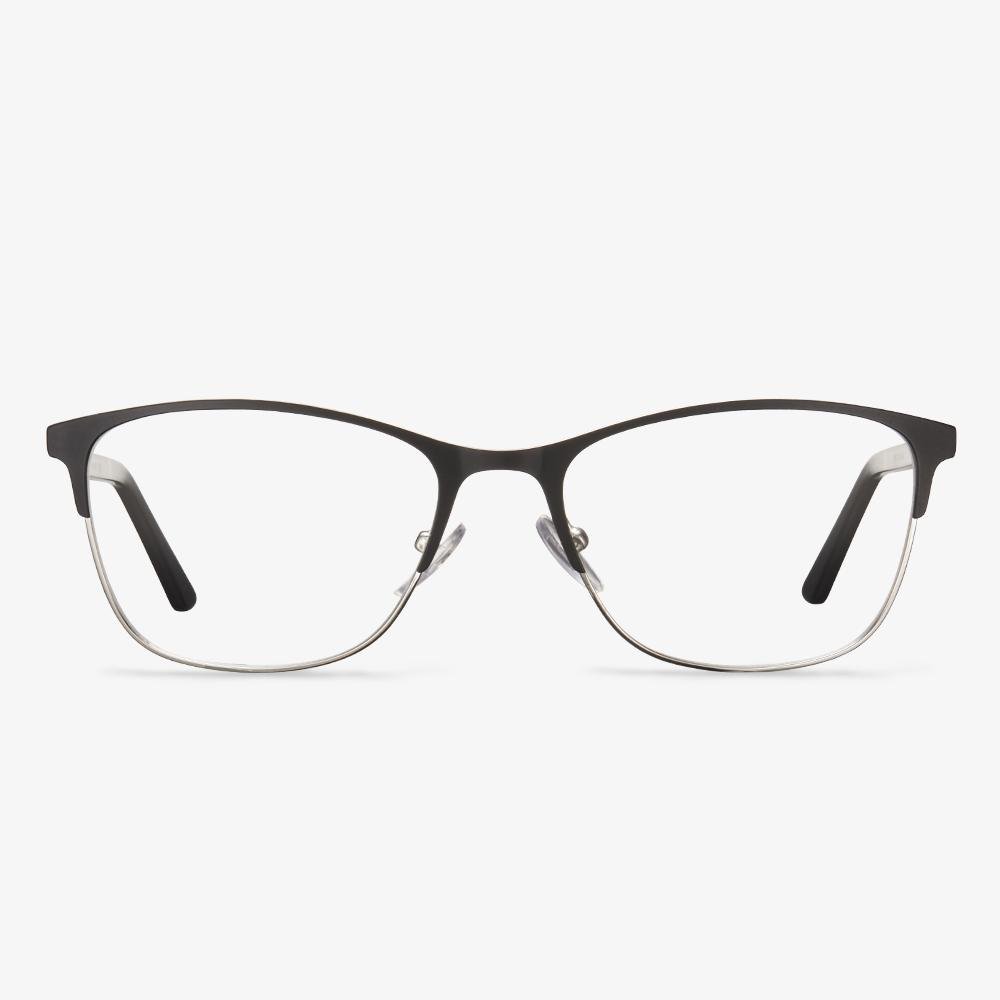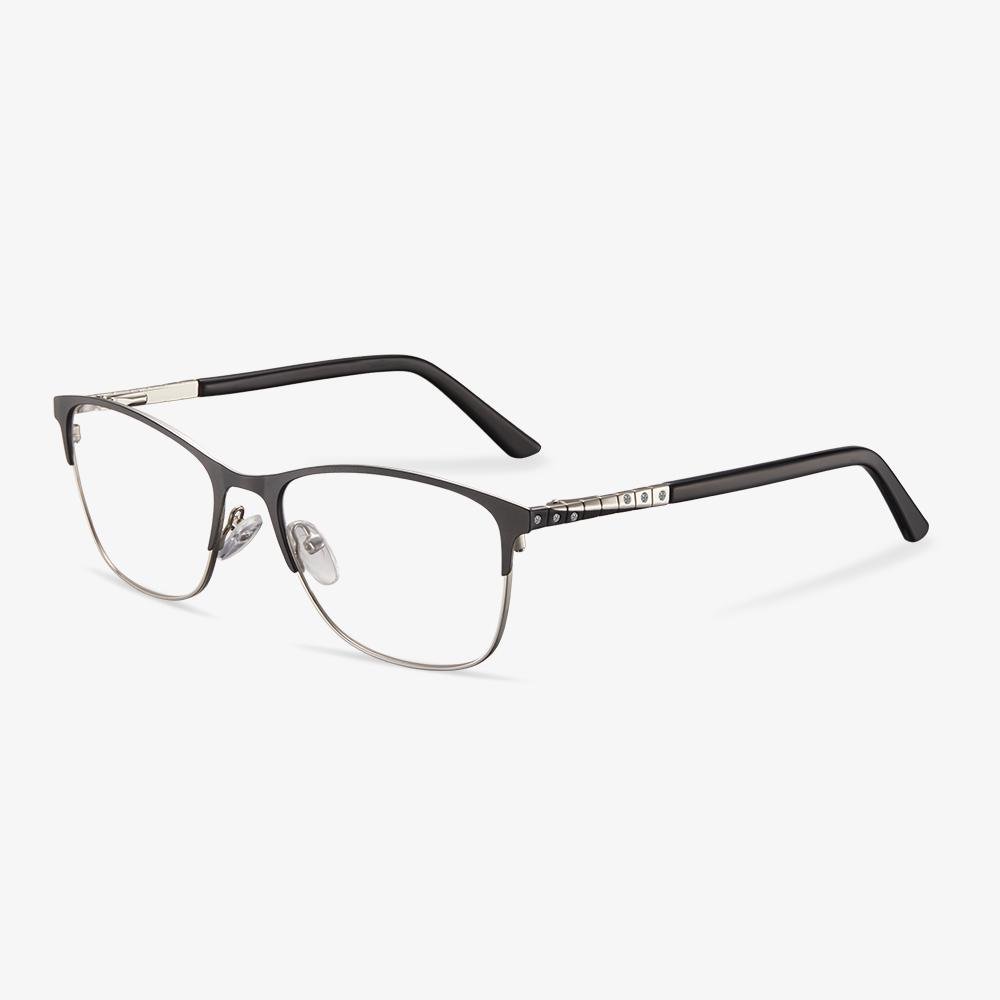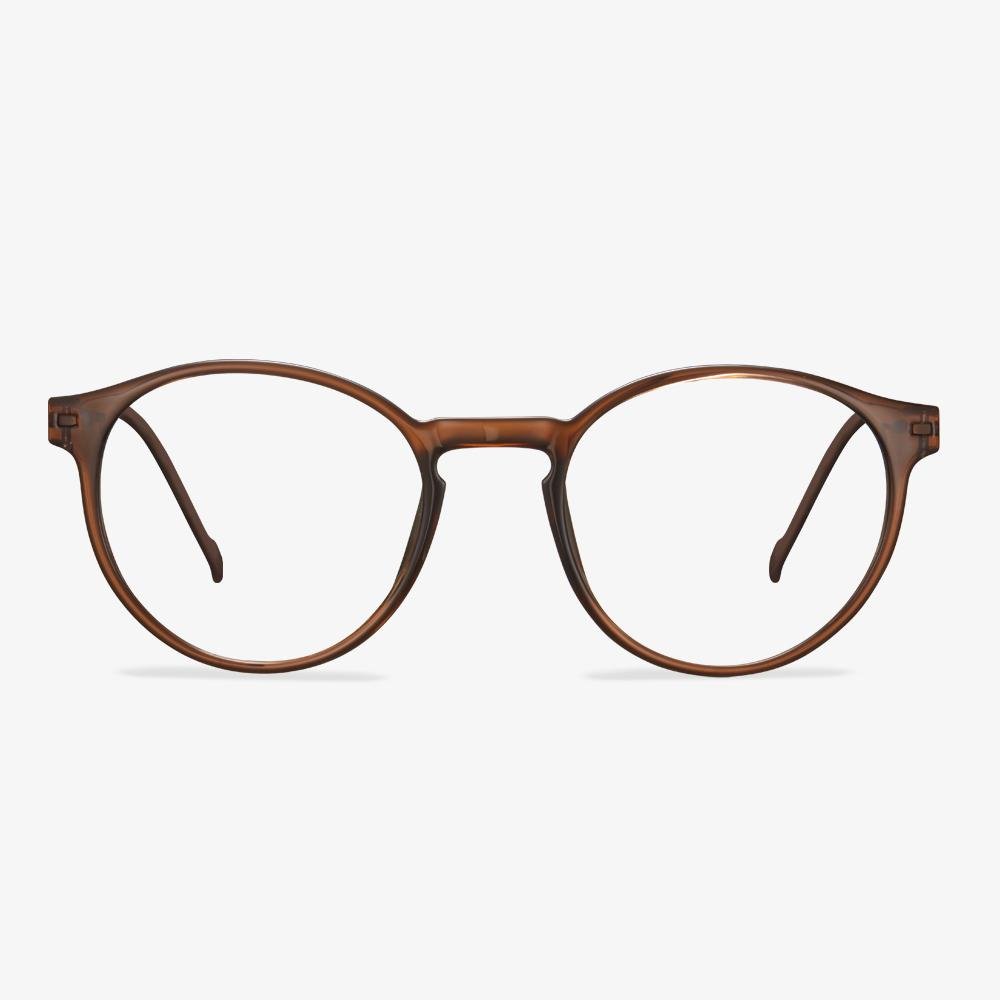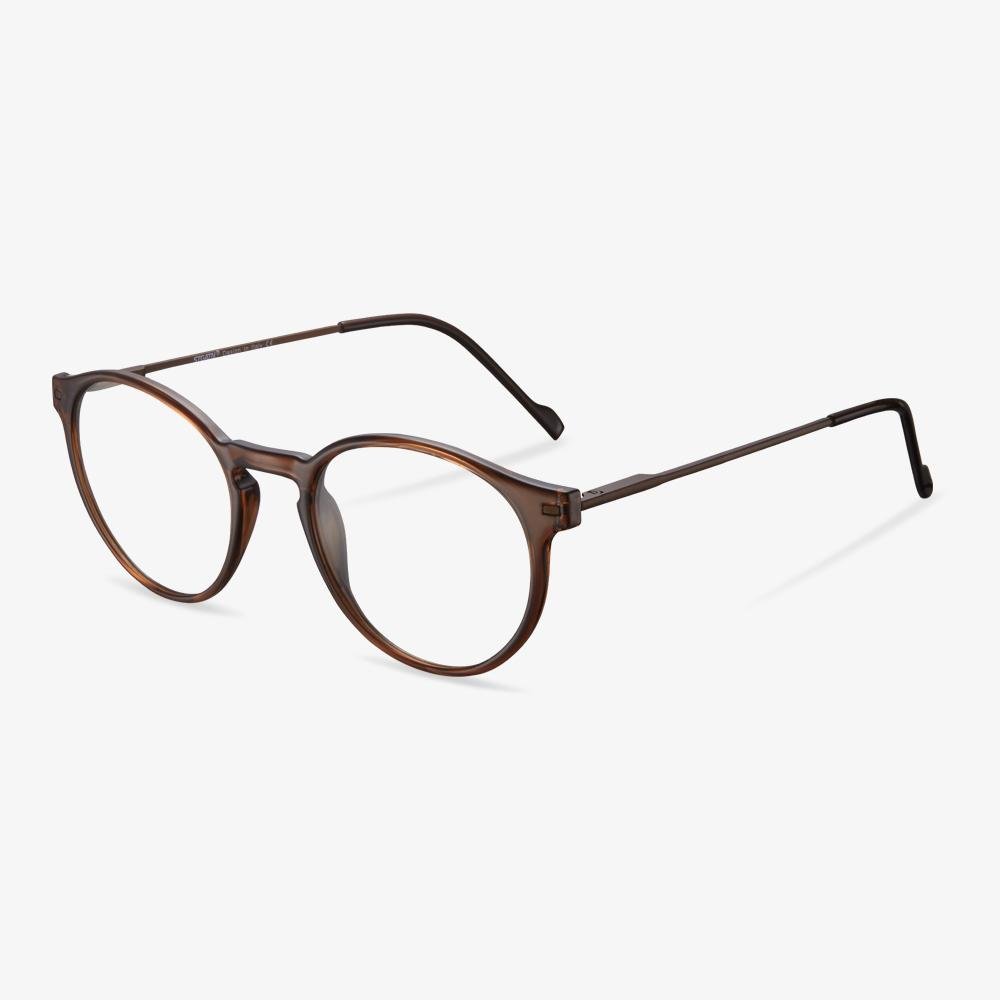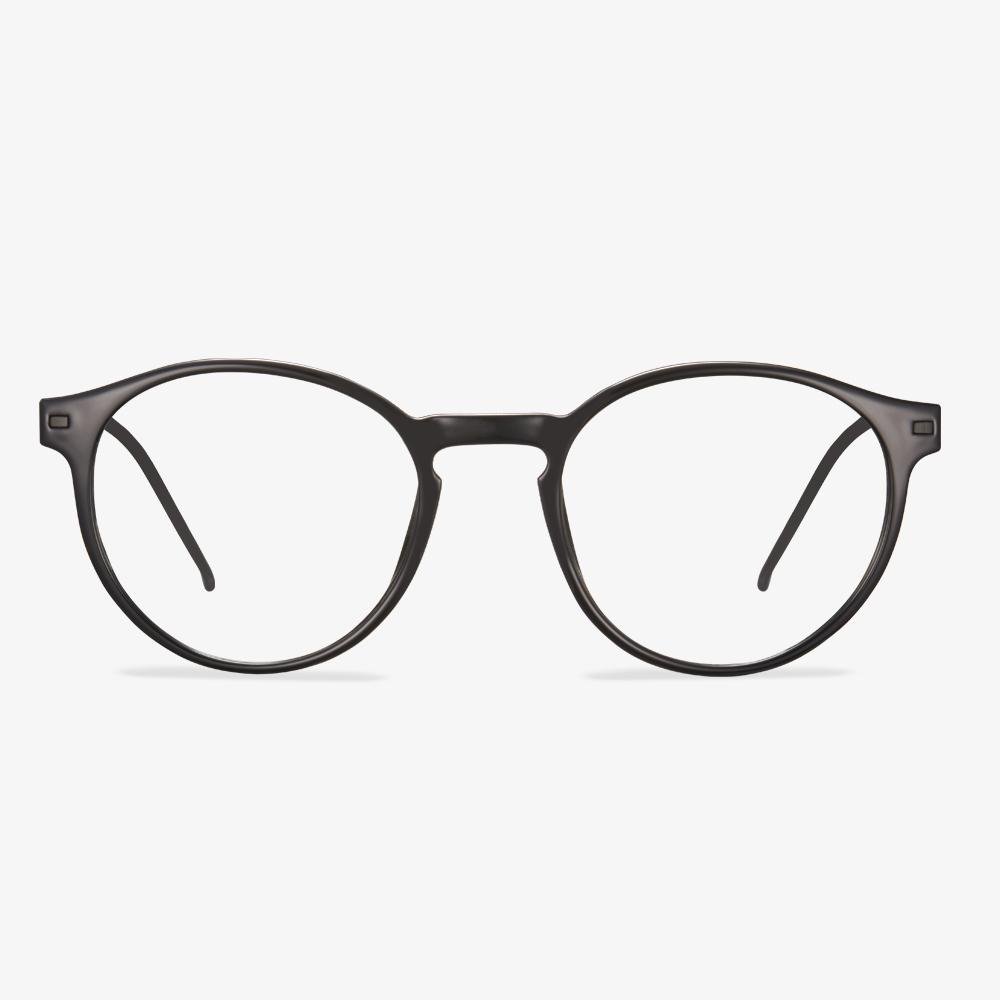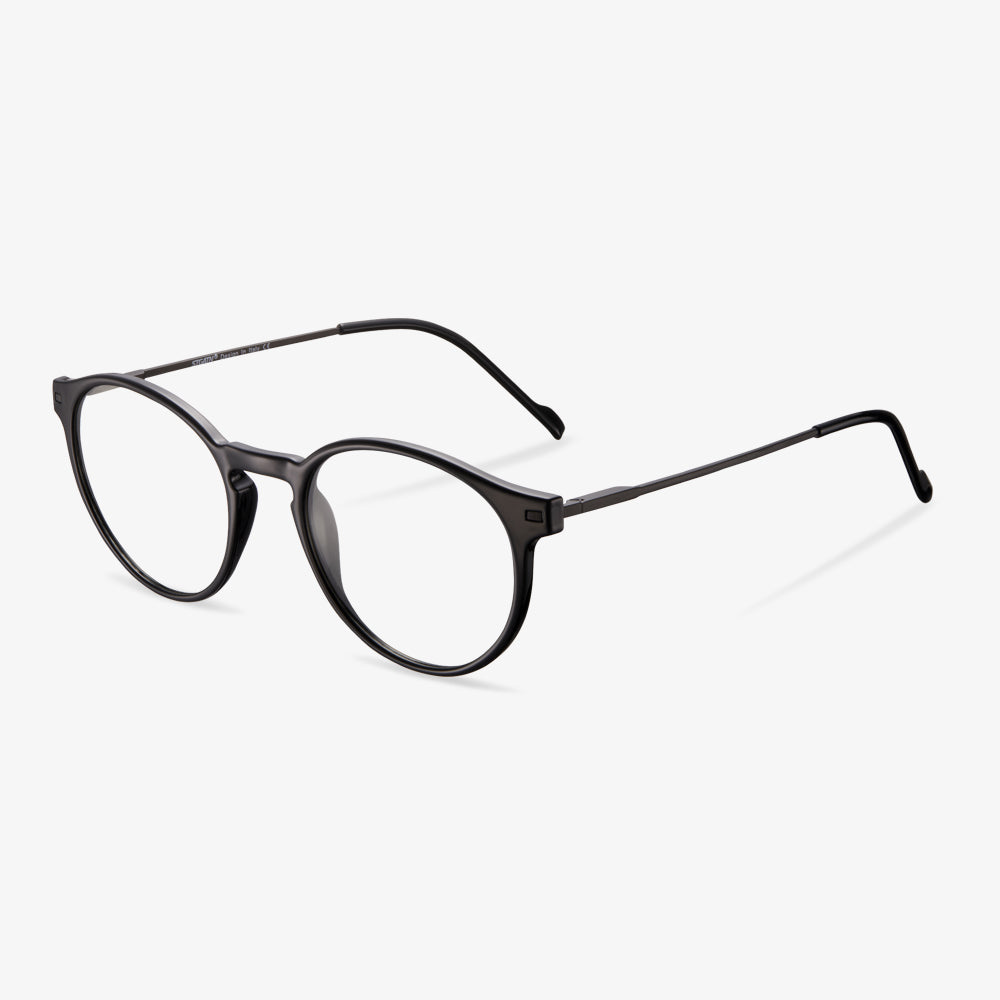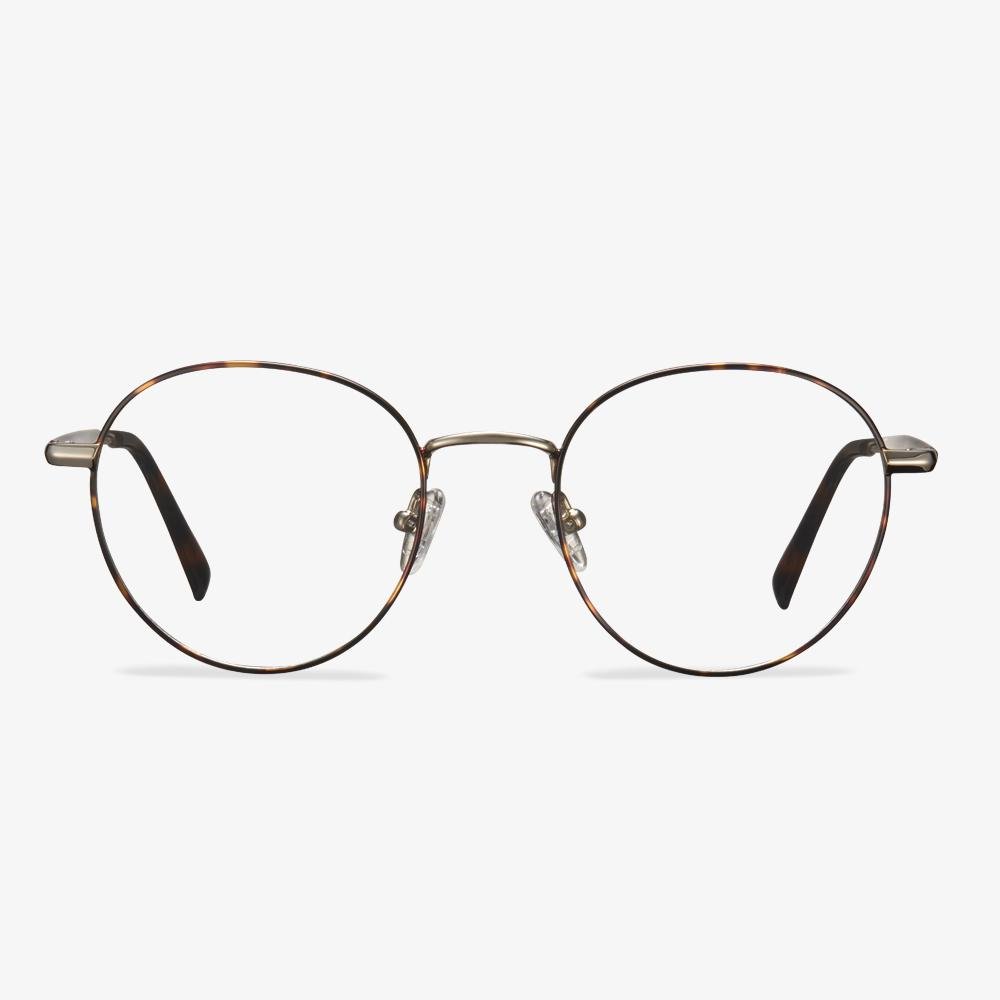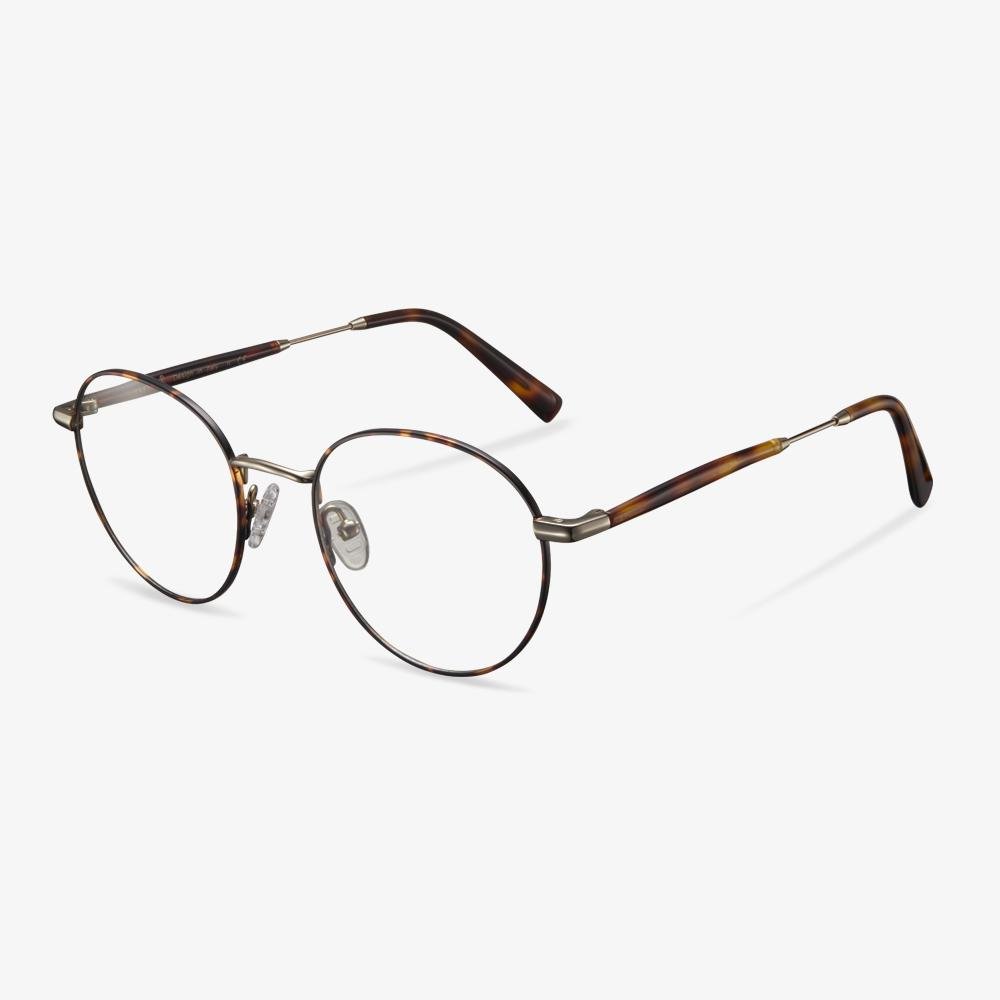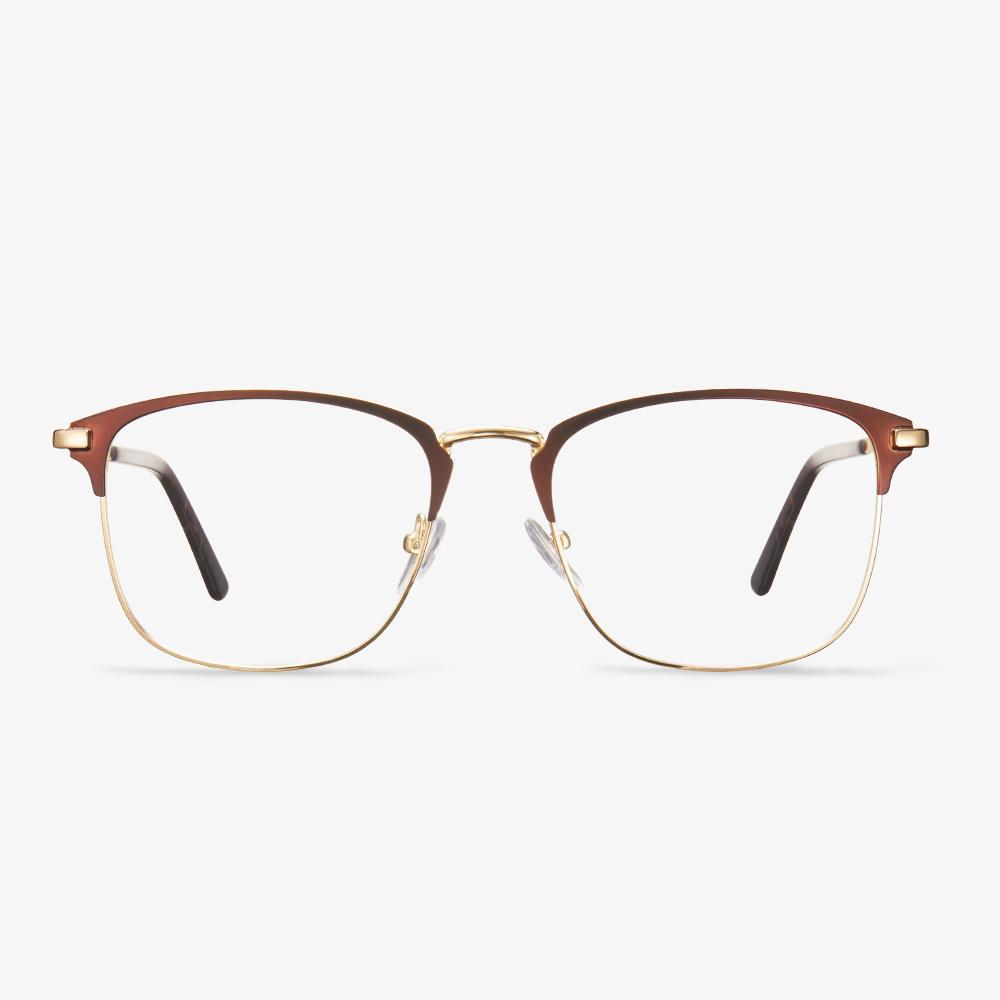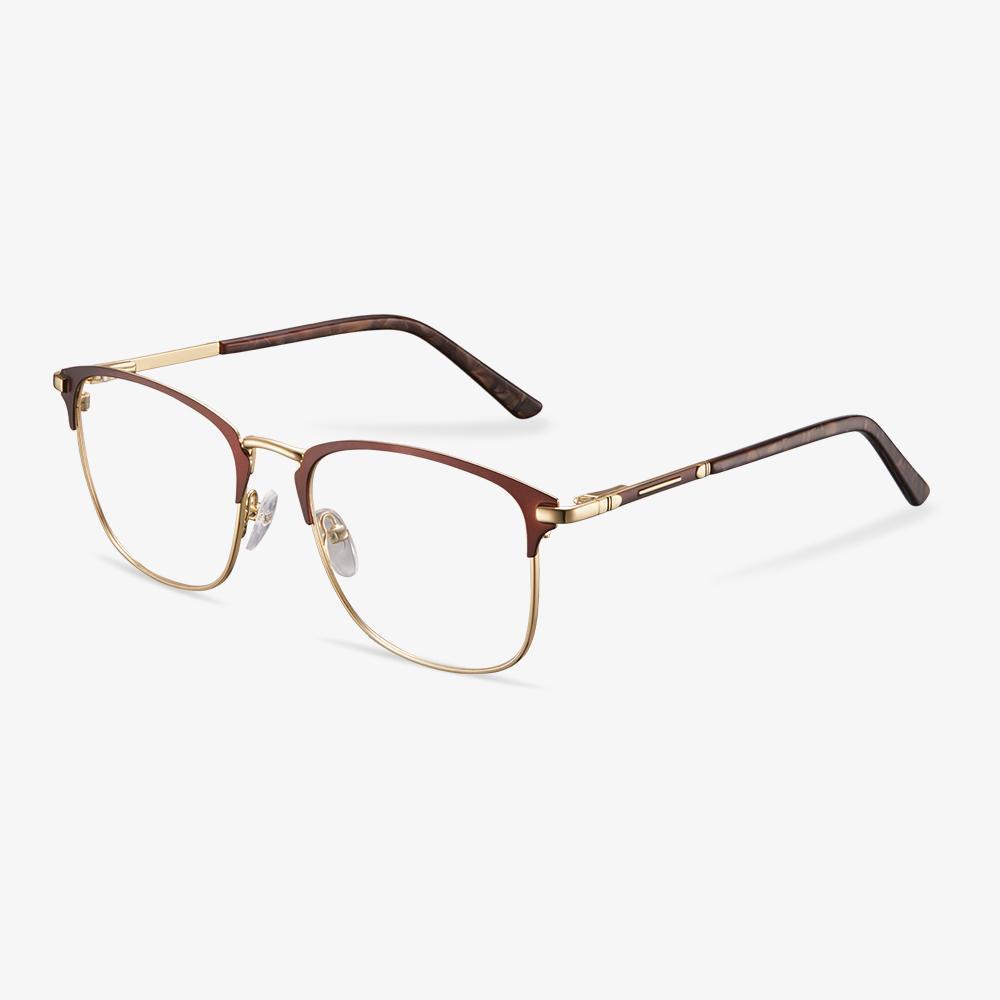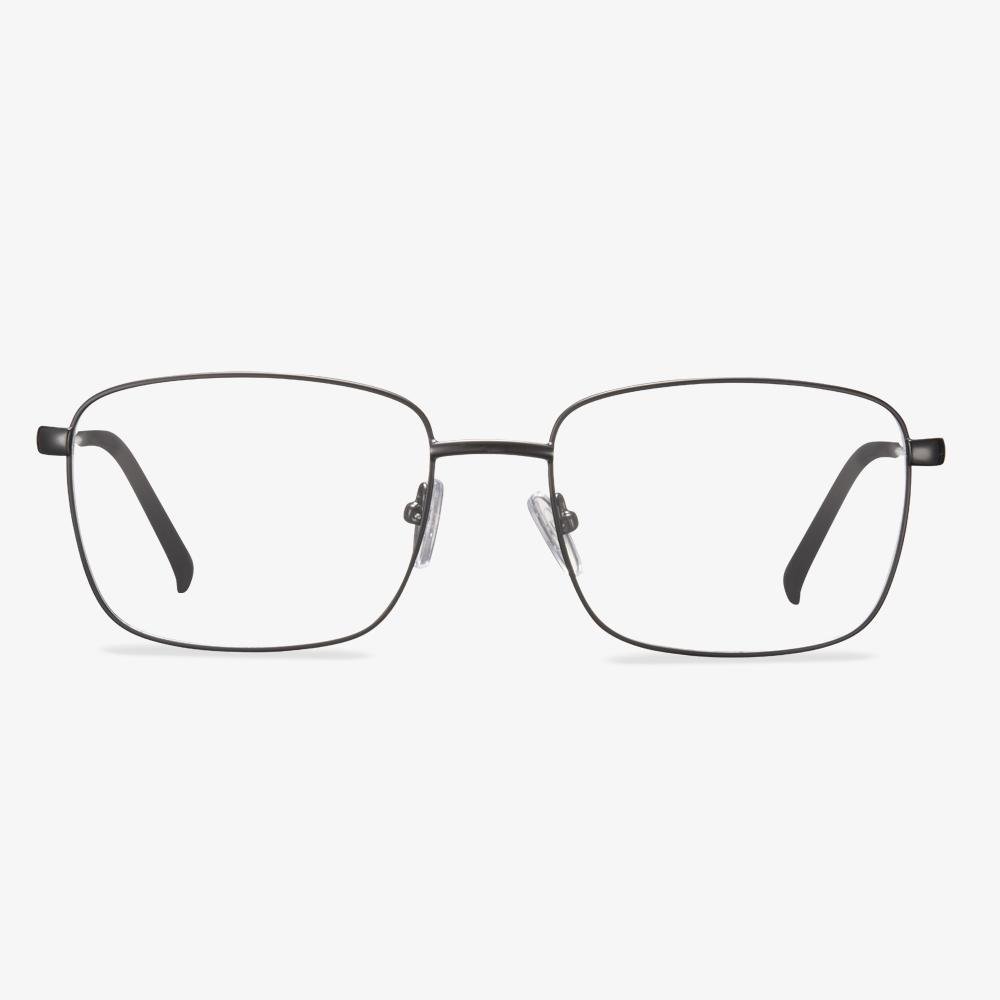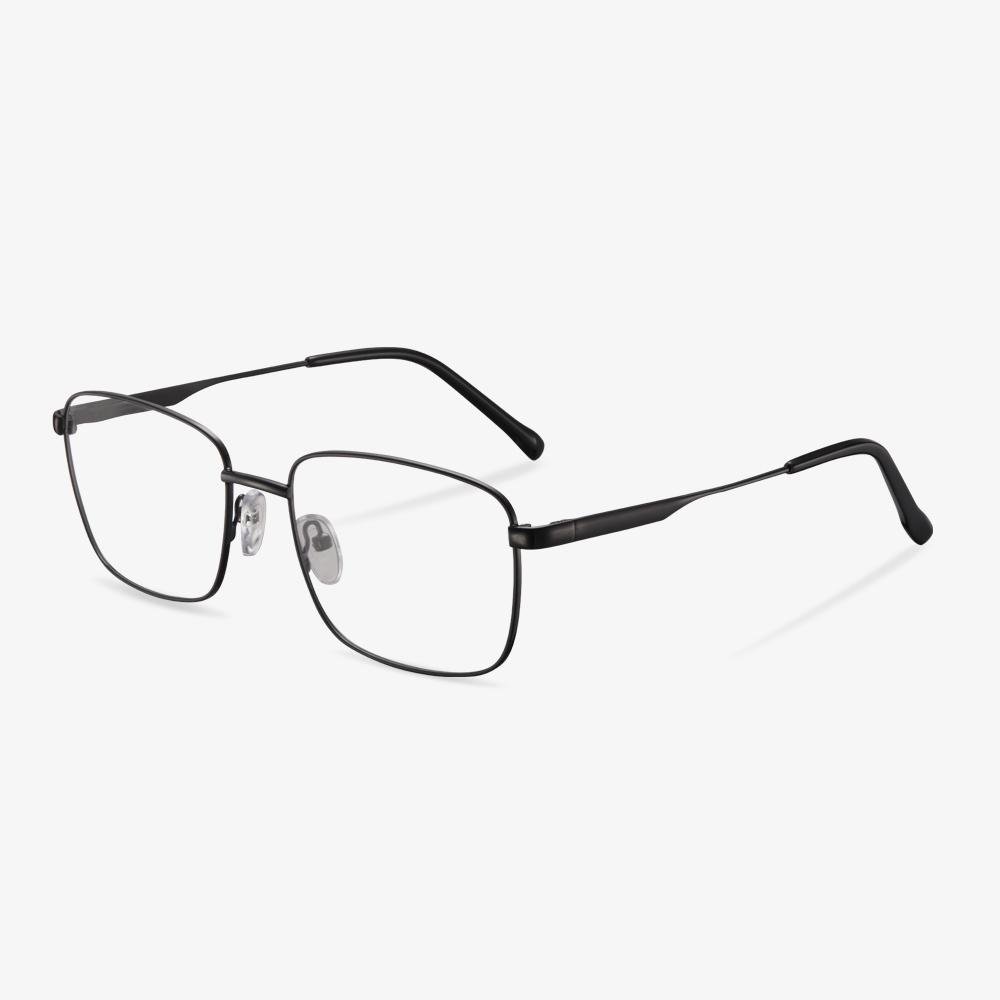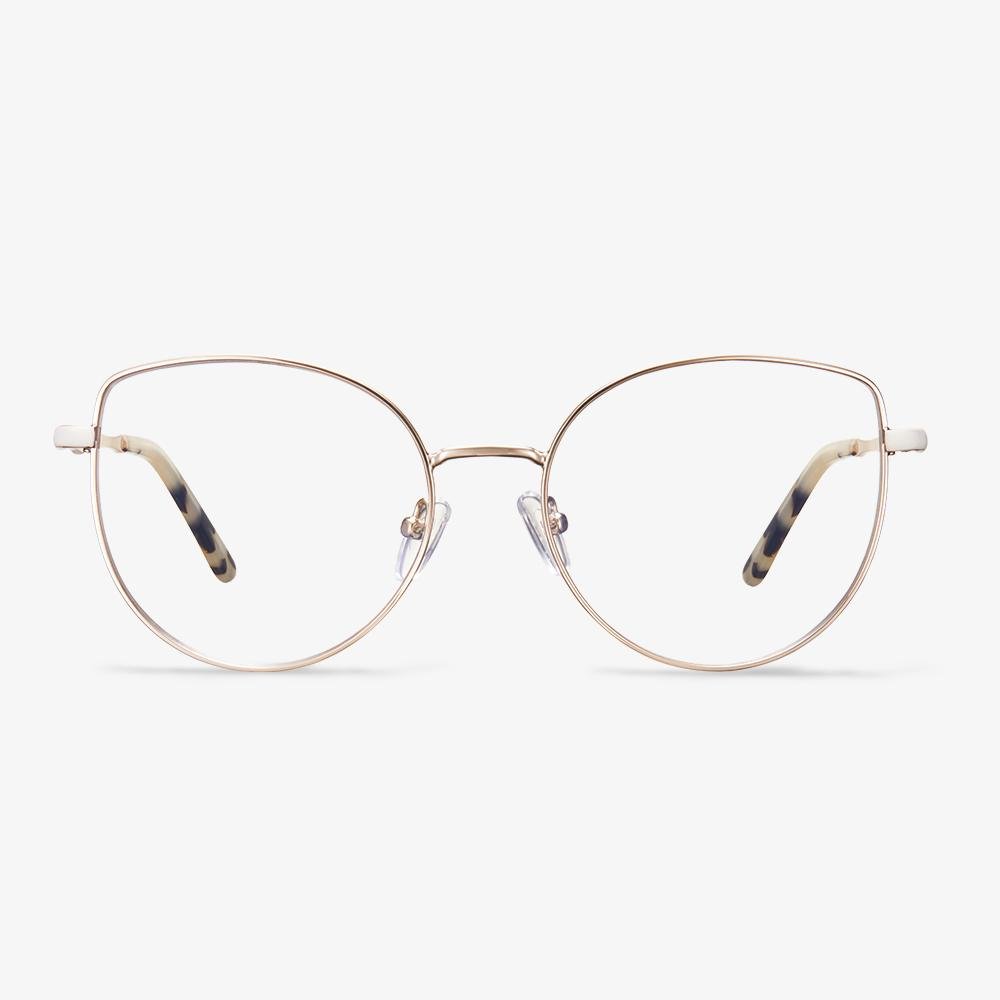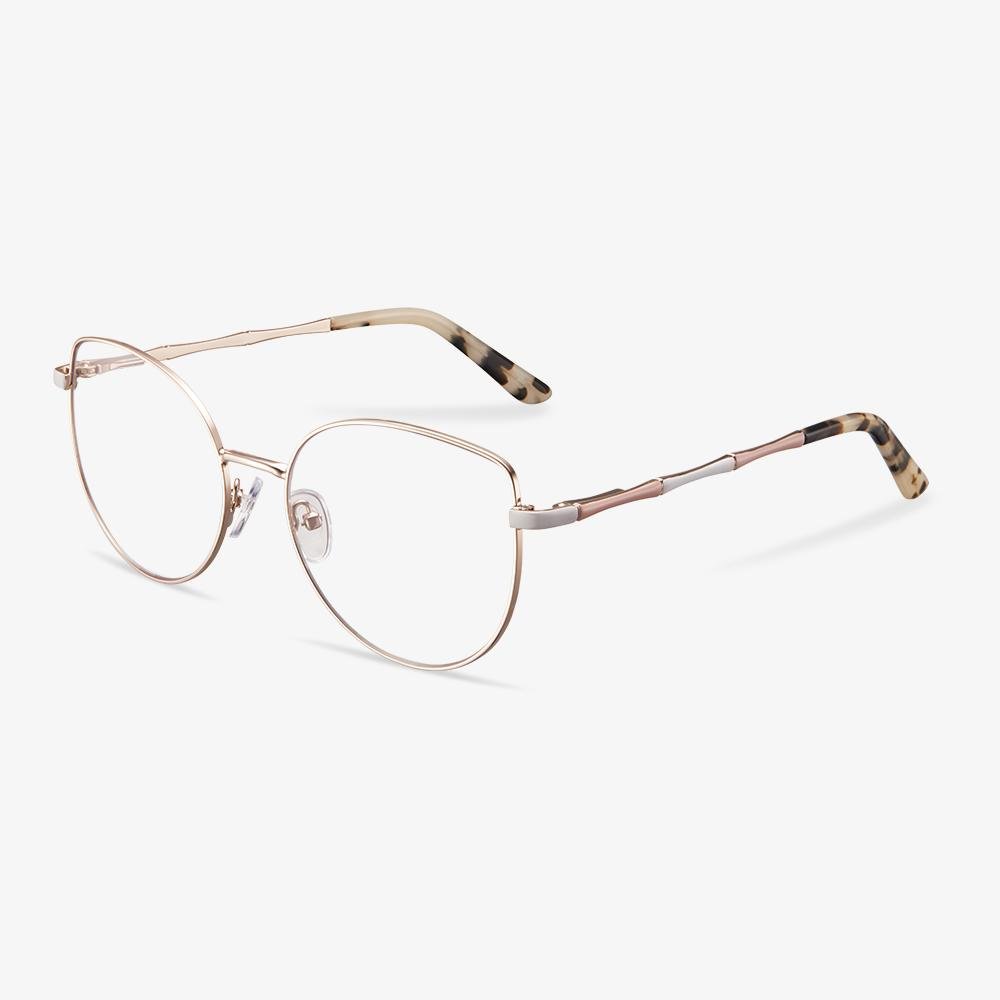The production process of titanium frames is complicated.
The production of titanium frames requires special processing equipment, special welding technology, and electroplating technology, which has many processing procedures and high production costs. In particular, some glasses choose the most difficult pure titanium andβtitanium. Titanium is very soft and very sticky, and very lively at high temperatures,so the processing is very difficult.
There are three processes for resin-changing lenses.
The incorporation method, known as bulk polymerization, is similar to the method of glass lens, that is, one or more photochromic dyes are directly incorporated into the polymer monomer of the substrate for bulk polymerization, and the lens formed after curing will change color. Discoloration dye is completely integrated into the resin lens substrate, so the lens made of color persistence is very good.
The uniformity of discoloration and the depth of color after discoloration are highly related to the thickness of the lens. Because the thickness of the lenses at all levels is different, there will be a color difference between the depth of discoloration and the uniformity, and the uneven phenomenon of high brightness is more obvious.
The film type is known as the coating method. It is the chromatic resin lens by coating or dipping in a layer of chromatic dye on the base of the resin lens. Because the coating covers the surface of the lens, the color uniformity is good. The coating, which is only about 0.05mm thick, does not provide enough molecules to make the lens dark enough, so the color is relatively less dark, and the discoloration lasts slightly longer.
Infiltration, known as the penetration method, is to use the principle of penetration, through the thermal diffusion method to make the color dye permeate the surface of the resin lens sheet material, with diffusion depth up to 0.15~0.20mm. The lens has a constant color change characteristic. There will be no inconsistency between the center and the surrounding color as the luminosity gets darker. The color-changing resin lens made by infiltration type has the benefits of uniform color-changing, small color difference, fast and thorough color-fading, which is the mainstream of color-changing technology at present.
Functional zoning of the store
After determining its own positioning, the layout and functional partition of the optical store is very important. From the overall decoration to the details of the layout, they should reflect the professionalism and coordination of the optical shop. The general partitions of the optical shops include the eyeglasses business area, optometry room, contact lens wearing area, processing room, and cashier desk. The eyeglasses business area can be divided into more small modules separately. The division of the area should have a fixed standard. For example, the arrangement of this area can be selected according to the purpose, user group, occasion, and theme of the glasses.
Method of wearing the contact lens
Wash your hands before putting on contact lenses, and be careful not to leave long nails, to avoid contamination of the lens by bacteria and nail scratches. Place the contact lens on the tip of your index finger, face-up, and pull your upper and lower eyelids apart with the middle fingers of both hands. Look straight ahead and place the lens gently into the eye (attached to the cornea). Remove the index finger and look down so that the lens is attached to the cornea, and slowly relax the eyelids with the middle fingers of both hands. Blink gently several times (or roll your eyes) to remove bubbles.
Orthokeratology lenses are used for myopia control.
The effect of the orthokeratology lens in controlling the increase of myopia in teenagers has been unanimously affirmed by the ophthalmology industry at home and abroad. In February 2006, an authoritative ophthalmological journal published a review of the retarding effect of rigidity breathable orthokeratology lens on the progression of myopia in children. This paper reviews the literature on orthokeratology and myopia in the past 30 years and points out that rigidity breathable orthokeratology can prevent or alleviate the progress of myopia, the mechanism of which is that rigid breathable contact lens can inhibit the progress of myopia by providing clearer retinal image quality. Medium and high concentration of atropine will affect students' near-use vision, while low concentration of atropine has not been used clinically in China, so orthokeratology lens has become one of the known myopia control methods with the best statistical effect. In three to five-year case studies, orthokeratology lenses alleviate a 40 to 60 percent increase in myopia compared with wearing a frame lens or a soft contact lens. Other studies have found that 65 to 70 percent of orthokeratology lens wearers show little or no axial length increase.
Method of taking off the contact lens
Wash your hands before removing contact lenses, and be careful not to leave long fingernails, to avoid contamination of the lenses by bacteria and nail scratches. Look up, open the upper and lower eyelids with the left index finger and right middle finger. Pinch the middle and lower edge of the lens gently with the thumb and index finger of the right hand, and remove the lens. You can use the index finger first to move the lens down, and then gently pinch the middle and lower edge of the lens with the thumb and index finger belly, and take off the lens.
Repair your old eyeglasses.
Whether it's a scratch in the lens, a dent in the frame, or a missing screw, it's possible to get your glasses fixed and save you a lot of money. In America, a small screwdriver in an optical store, an electronics store, or even a Christmas cracker is enough to help. Or you can run some thin wire through the hole where the screw is, then use some pliers to wind the wire around the inside of the frame a few times, and then use the pliers to screw the ends together. You can use commercially available scratch repair kits to fix scratches on your lenses, or you can use household products like toothpaste or baking soda to polish and remove scratches. If you don't have time to do it yourself, you can call a professional to fix it.
























